- Serbia
Get to know Serbia
- Citizens
Culture and science
Health services
Pension and disability insurance
- Business
Employment
Economy
- Media
- Government
- Contact
Keep in touch
Contact form
Back
Keepin touch
Whether you have a question, comment, suggestion or any problem in the purview of the government, send us your message and we will try to respond as soon as possible. If your problem is not in our purview, we will forward your message to the relevant institution.
Q:
A:
Danube water quality improves
Belgrade,
30 October 2008
Director of the Water Directorate at the Serbian Ministry of Agriculture, Forestry and Water Management Aleksandar Prodanovic said today that water quality in the Danube is generally much improved and tests show that it is still home to various forms of plant and animal life.
Speaking at a press conference held to present the results of the Joint Danube Survey 2 (JDS2), Prodanovic said that the river is mostly safe for swimming, adding that it is perfectly safe to eat fish from the river.
He said that some areas need to be further investigated for mercury contamination, stressing that results have shown that it is necessary to do further work on reducing agricultural pollution.
He said that work on purifying waste water must be accelerated and that €3.5 billion is required for installing equipment in areas where rivers pass through places with a population of over 2,000.
Only 15% of existing equipment works to full capacity and funds are needed for installing water purifying equipment in cities and municipalities which are located near water supply facilities, said Prodanovic.
He stressed that Serbia cannot acquire these funds in a short period of time, adding that the EU will provide funds for this purpose.
He said that not all big cities in Serbia have water purifying facilities, even though rivers other than the Danube, such as the Velika Morava, are far more polluted.
He stressed that research results have confirmed that cooperation between Danube basin countries to reduce pollution has led to improved water quality, adding that one of the aims of the research was to raise public awareness about the importance of conserving water, considering the fact that more than 80 million people live around the Danube.
Head of the national team and Serbian representative in the JDS2, Momir Paunovic, said that the quality of water in the Danube is mainly good, but not in all areas. These areas are near Belgrade and Budapest and near the Ardes tributary.
Executive Secretary of the International Committee for the Protection of the Danube River Philip Weller said that the water quality in the Danube is better and a large part of the river remains in its natural state.
Weller said that downriver from big cities there are signs of organic pollution in both the Danube and its tributaries, because of which it is more than necessary to install water purifying equipment.
The research was conducted from August 14 to September 28, 2007, when three boats made a river journey of some 2,375 kilometres. The international team did research work at 96 locations along the Danube, as well as its tributaries.
He said that some areas need to be further investigated for mercury contamination, stressing that results have shown that it is necessary to do further work on reducing agricultural pollution.
He said that work on purifying waste water must be accelerated and that €3.5 billion is required for installing equipment in areas where rivers pass through places with a population of over 2,000.
Only 15% of existing equipment works to full capacity and funds are needed for installing water purifying equipment in cities and municipalities which are located near water supply facilities, said Prodanovic.
He stressed that Serbia cannot acquire these funds in a short period of time, adding that the EU will provide funds for this purpose.
He said that not all big cities in Serbia have water purifying facilities, even though rivers other than the Danube, such as the Velika Morava, are far more polluted.
He stressed that research results have confirmed that cooperation between Danube basin countries to reduce pollution has led to improved water quality, adding that one of the aims of the research was to raise public awareness about the importance of conserving water, considering the fact that more than 80 million people live around the Danube.
Head of the national team and Serbian representative in the JDS2, Momir Paunovic, said that the quality of water in the Danube is mainly good, but not in all areas. These areas are near Belgrade and Budapest and near the Ardes tributary.
Executive Secretary of the International Committee for the Protection of the Danube River Philip Weller said that the water quality in the Danube is better and a large part of the river remains in its natural state.
Weller said that downriver from big cities there are signs of organic pollution in both the Danube and its tributaries, because of which it is more than necessary to install water purifying equipment.
The research was conducted from August 14 to September 28, 2007, when three boats made a river journey of some 2,375 kilometres. The international team did research work at 96 locations along the Danube, as well as its tributaries.
-
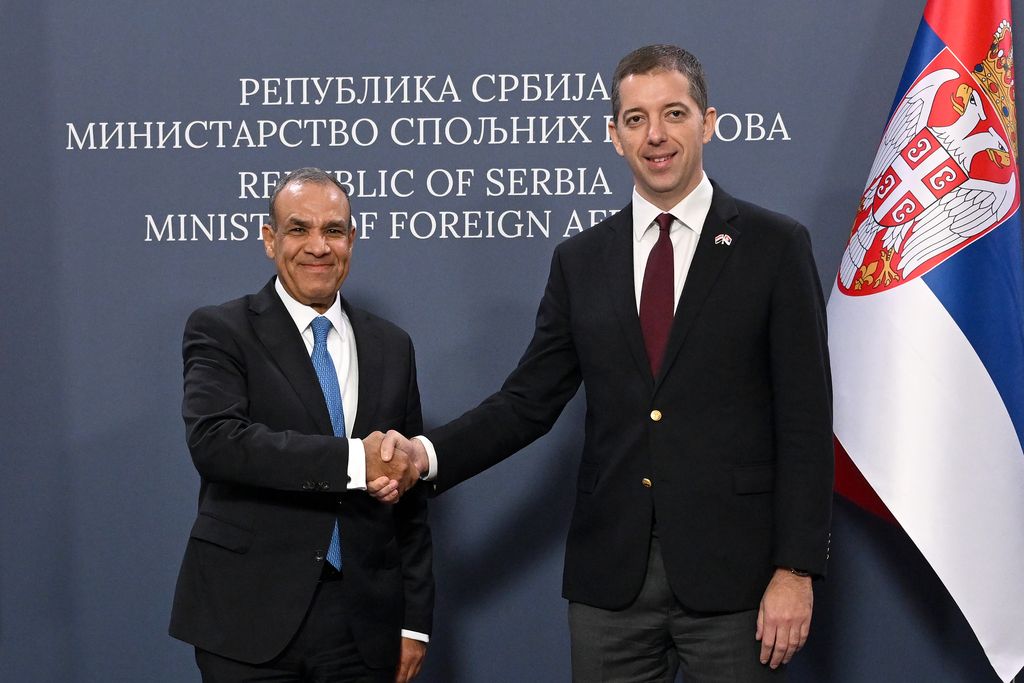 Belgrade, 22 January 2025
Belgrade, 22 January 2025Egypt one of Serbia’s closest partners on international stage
-
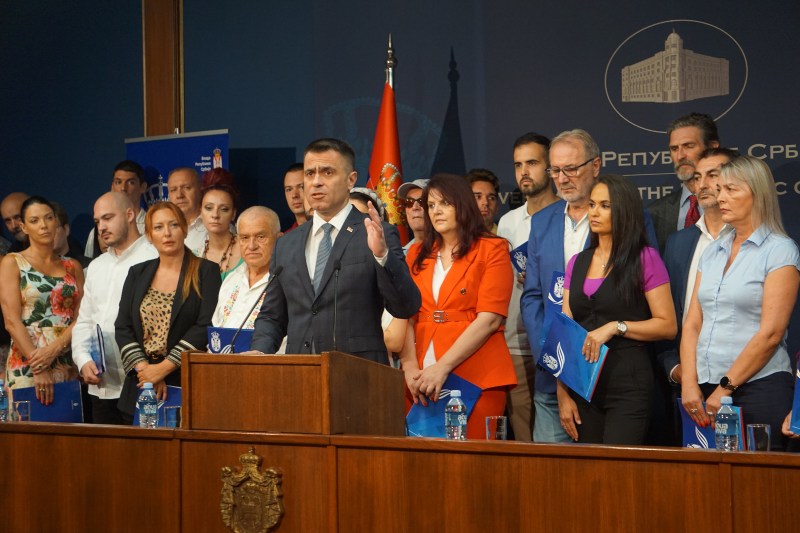 Belgrade, 9 July 2024
Belgrade, 9 July 2024Support for 104 associations in diaspora that preserve Serbian language, culture
-
 Belgrade, 15 April 2024
Belgrade, 15 April 2024Competition for StarTech grants open until 31 May
-
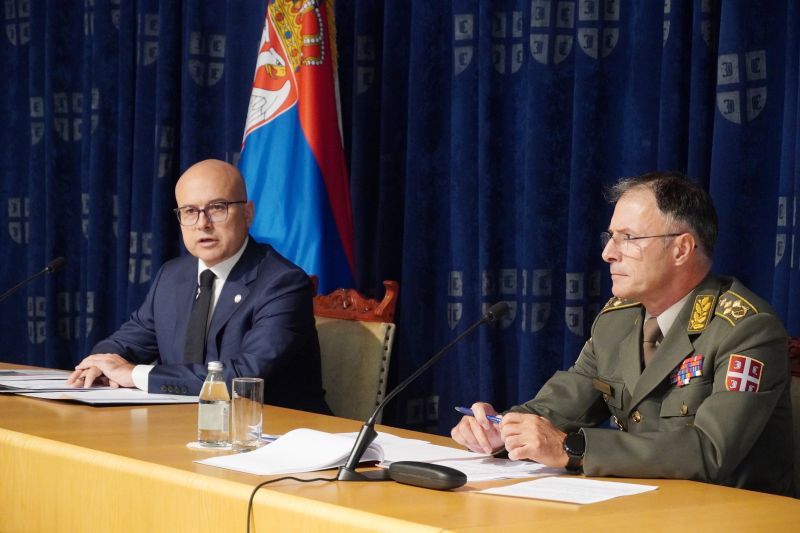 Belgrade, 2 October 2023
Belgrade, 2 October 2023Serbia respects Resolution 1244 and will do everything to preserve peace
-
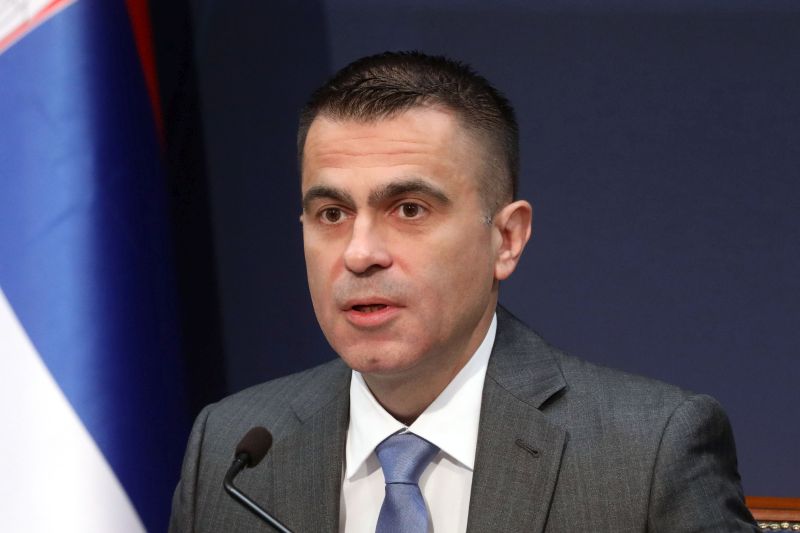 Belgrade, 13 September 2023
Belgrade, 13 September 2023Day of Serbian Unity to be celebrated outside borders of Serbia, Republika Srpska for the first time
-
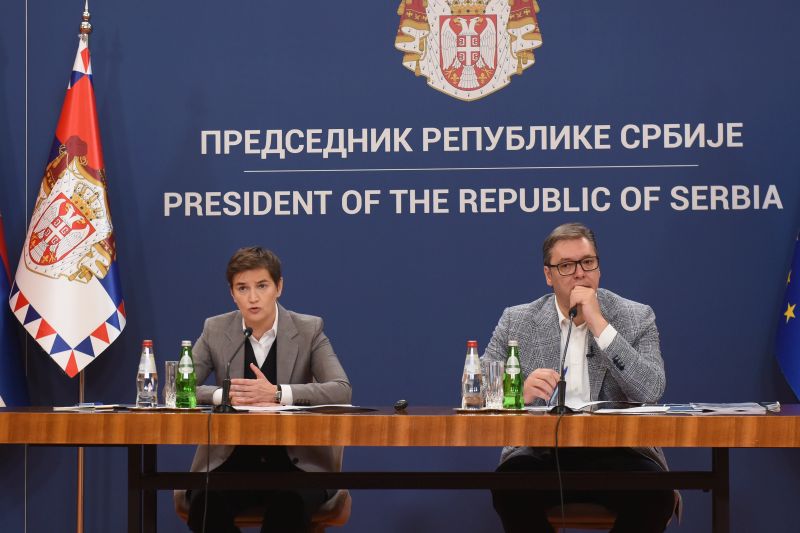 Belgrade, 8 August 2023
Belgrade, 8 August 2023RSD 24.2m in state aid paid out to citizens affected by storm
-
 Belgrade, 17 June 2023
Belgrade, 17 June 2023Belgrade is doing everything to preserve peace in Kosovo and Metohija
-
 Belgrade, 15 June 2023
Belgrade, 15 June 2023Slovenia will continue to support Serbia on its way to EU
-
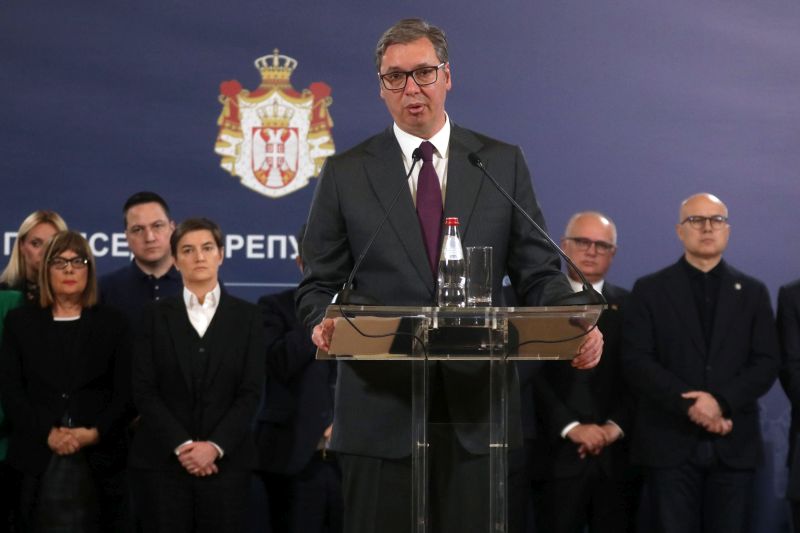 Belgrade, 5 May 2023
Belgrade, 5 May 2023Emergency measures, tightening of conditions for possessing weapons
-
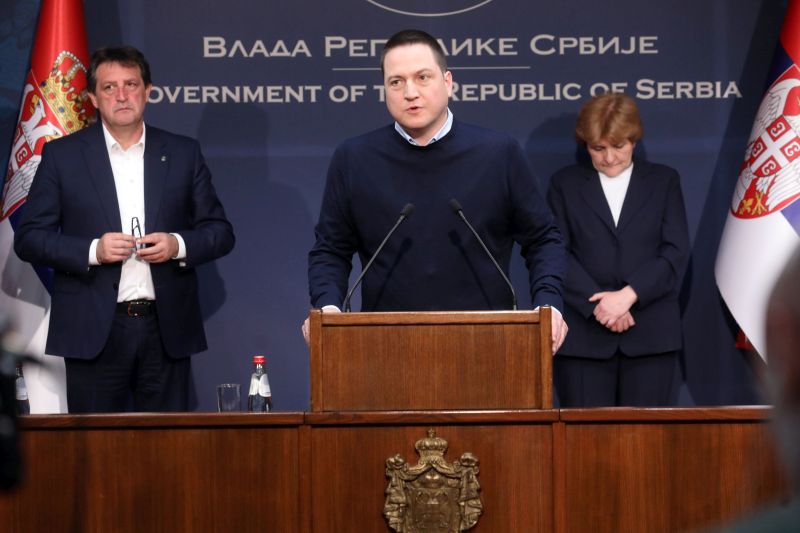 Belgrade, 3 May 2023
Belgrade, 3 May 2023Three days of mourning in Serbia over tragedy at Vladislav Ribnikar primary school
